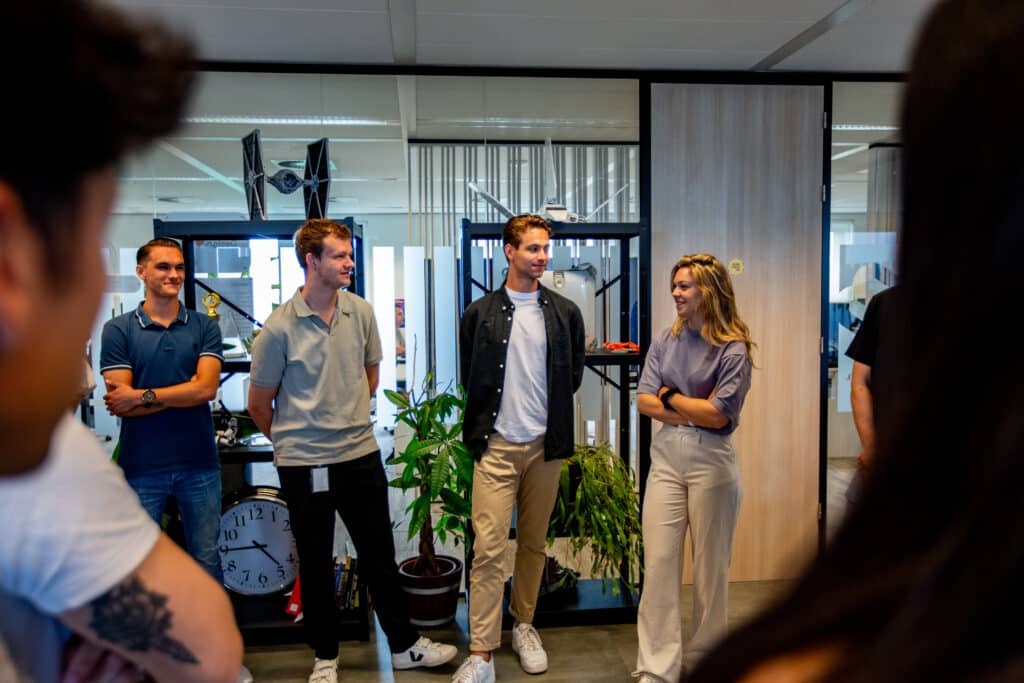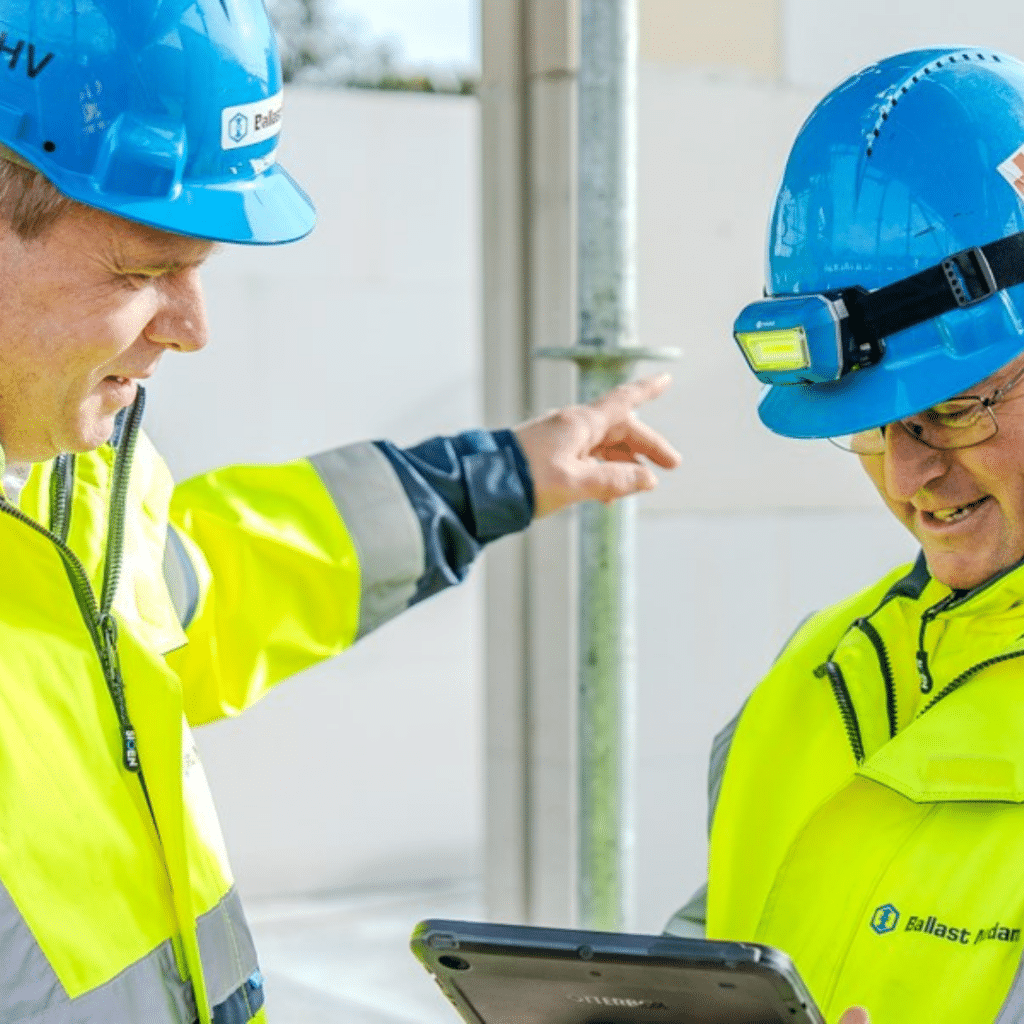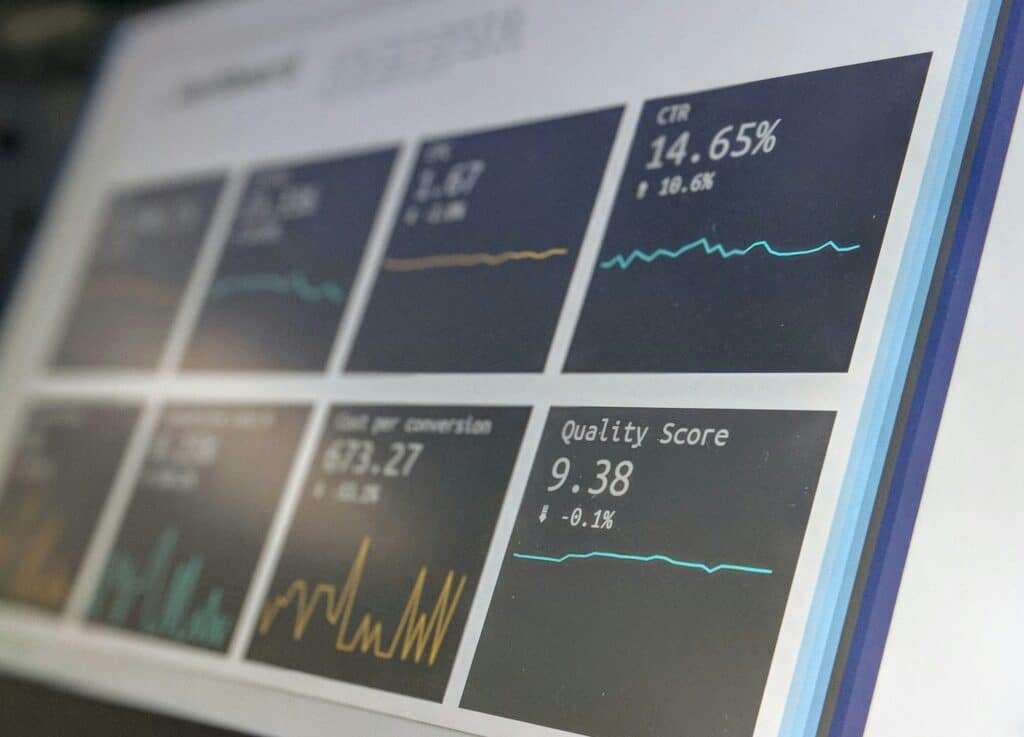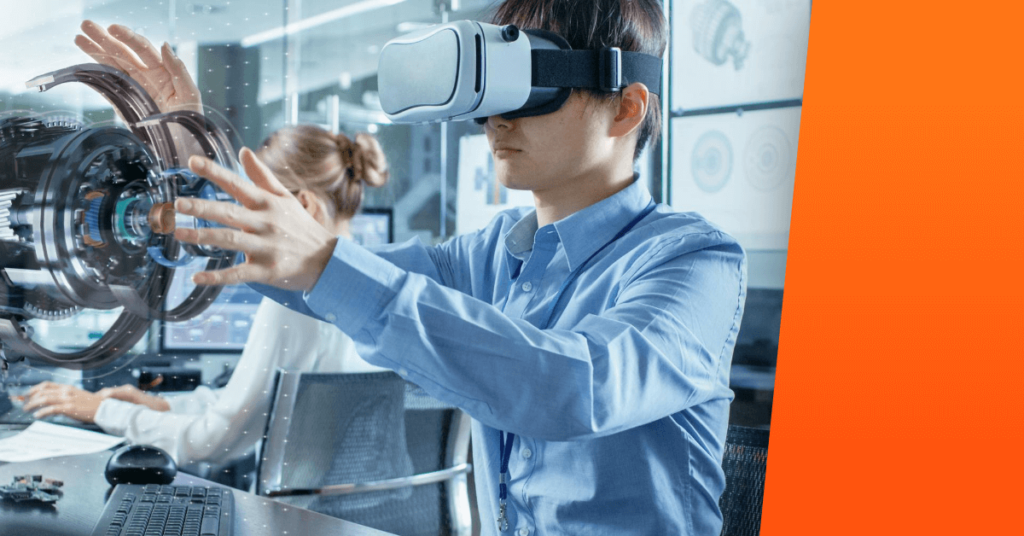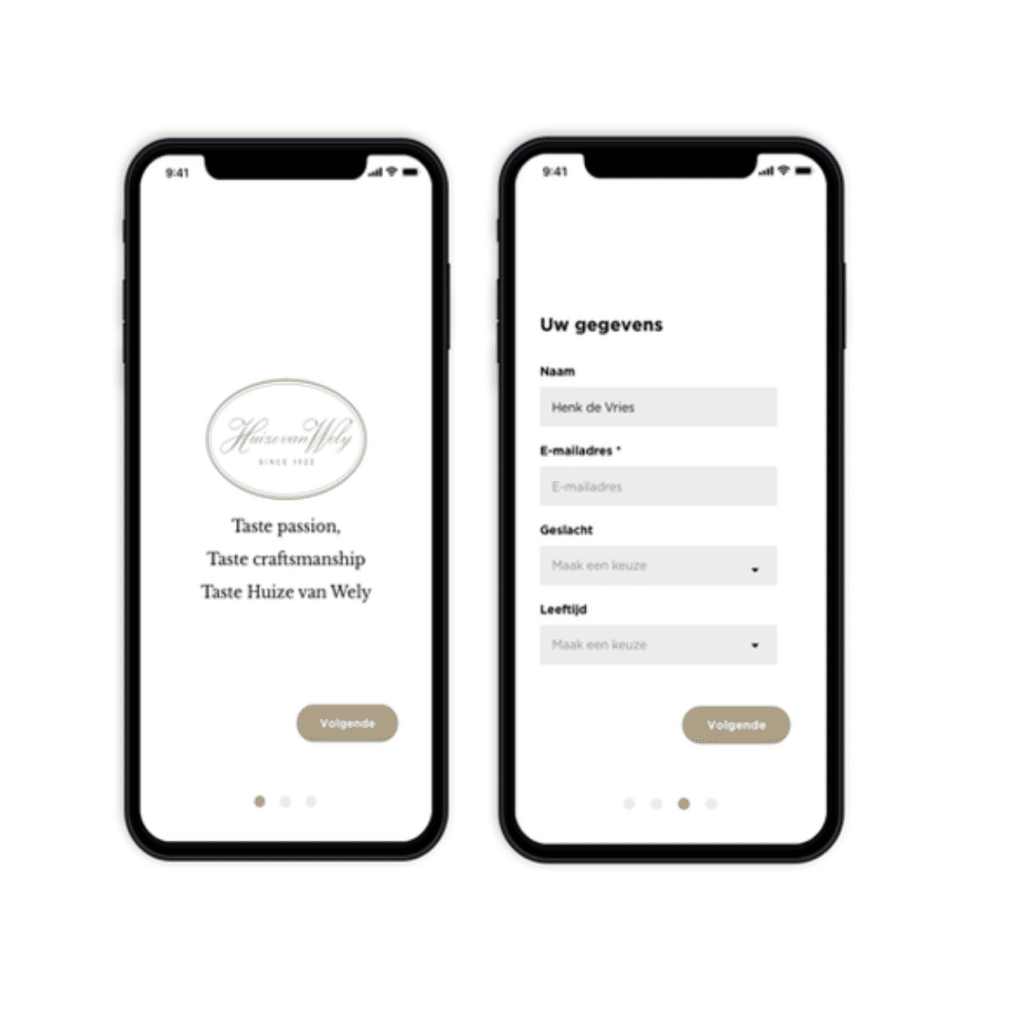
Holograms with the Hololens 2
The Hololens is an AR headset from Microsoft. Unlike many other AR glasses, the Hololens does not project a 2D image into space, but instead uses a 3D holographic projection and positional determination.
This means that the Hololens projects dynamic and interactive content, which we believe is a prerequisite for the success of Augmented Reality. It is the successor to the Hololens 1.
With the improved version, Microsoft focuses entirely on the business market. The field of view of the Hololens 2 is about twice as wide as that of the Hololens 1.
In addition, the ease of use has been improved, including full hand and eye tracking. The lens follows the natural movements of the user's hands and eyes, making it much easier and more natural to operate.


















